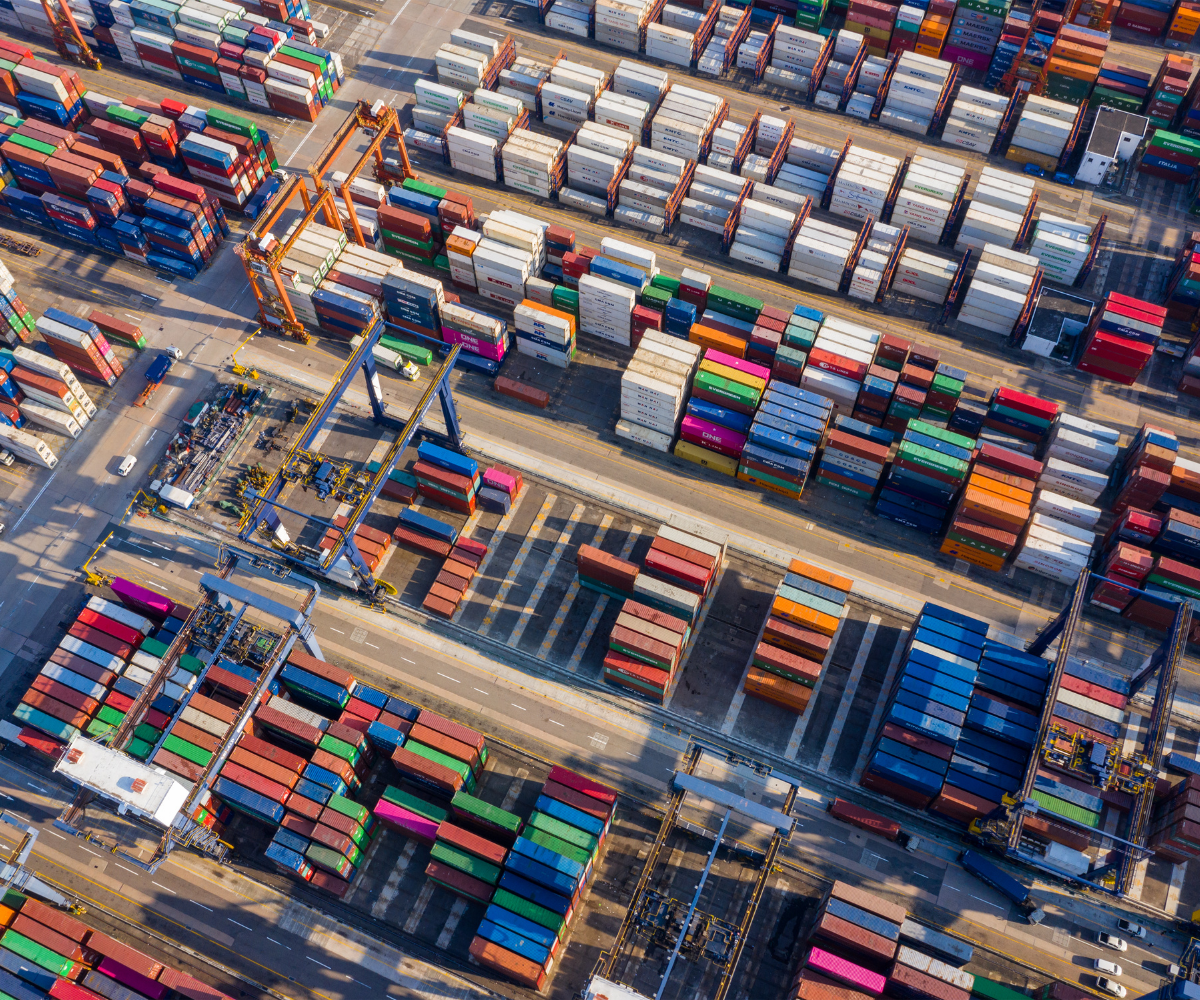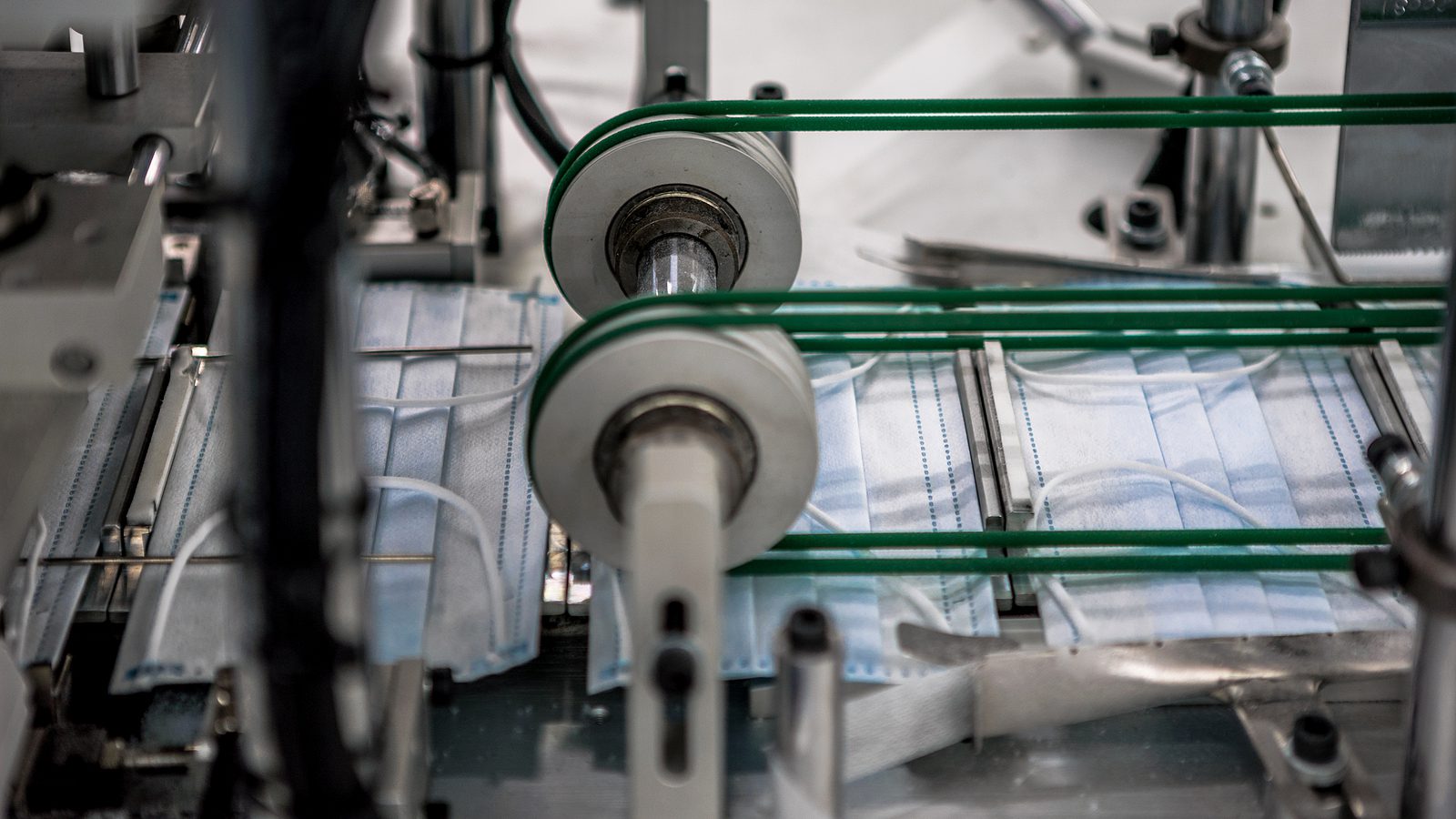By Laser 1 Technologies
How To Build A Responsive Supply Chain
2020 brought us face-to-face with major disruption. COVID 19 had a huge impact on some supply chains, and served as a vivid reminder that supply and demand are sometimes extremely unpredictable, despite our best efforts to predict them.
The lesson: A responsive supply change is much more resilient in the face of such upheaval.
What is a responsive supply chain?
Here’s a definition from Supply and Demand Chain Executive (www.sdcexec.com), as expressed by author Doug Pasquale:
The difference between an efficient supply chain and a responsive one comes down to the ability to meet uncertain demand. An efficient supply chain can corral its suppliers, manufacturers and retailers to manage orders and processing, and meet a stable, predictable demand at a lower cost. This is done independently and without the ability to address shifts in demand with agility. Conversely, a responsive supply chain works collaboratively among stakeholders to exchange information in a feedback loop in order to produce enough of a product to satisfy uncertain demand.
Here’s another way to express it, from an academic paper titled Efficient versus Responsive Supply Chain Choice: An Empirical Examination of Influential Factors, by Randall, Morgan and Morton.
We characterize supply chains as responsive or efficient. A responsive supply chain is distinguished by short production lead‐times, low set‐up costs, and small batch sizes that allow the responsive firm to adapt quickly to market demand, but often at a higher unit cost. An efficient supply chain is distinguished by longer production lead‐times, high set‐up costs, and larger batch sizes that allow the efficient firm to produce at a low unit cost, but often at the expense of market responsiveness.
Honing responsiveness in your supply chain helps keep your company resilient.
It’s not just pandemics that can turn supply chain dynamics upside down. Evolving consumer demands, trade wars, tariffs, and the ever-shifting, ultra-competitive global market can all potentially impact the supply chain in hard-to-predict ways.
Once upon a time, manufacturers could rely on statistical forecasting. While that still plays a role, there are so many moving parts in today’s manufacturing that those forecasts can be easily and suddenly upended.
Supply chain managers are facing the reality that they have to reinvent their supply chain. A successful supply chain is responsive, both to changing customer needs and to changing availability of components.
By designing your supply chain to be responsive, it will be better protected from unpredictable events and fluctuations in demand.
Here are some suggestions for developing a more proactive, responsive supply chain.
Range Forecasting
Range forecasting means that your organization expresses future demand in a range, not a static number. This encourages supply chain managers to implement contingency plans and cultivate more accurate contracting terms with suppliers.
Diversification
Supply chain diversification, or multi-sourcing, means relying on multiple suppliers for the same part, material or product. This lets your business reduce risk and alleviate pressure by spreading the demand across multiple vendors. Diversification can help prevent supply chain bottlenecks and production delays, and prevent sudden emergencies due to natural disasters, shipping delays, border snafus, factory closures, bankruptcy or other disruptions.
Flexible Supplier Contracting
Flexible supplier contracting means a supplier will increase or decrease production according to customer demand. Such a contract would typically specify a range of output you require from your supplier, as well as a specified time interval for delivering notice and amending production levels. This compels your supplier to plan for a range of demand scenarios.
Transparent Internal Collaboration
Transparent collaboration and sharing of data within a company is critical to creating a more responsive supply chain. This sounds simple, but it often requires deep shifts of company culture. Reporting channels and decision-making must be unified and transparent. Information must be effectively and transparently shared throughout the organization so supply chain leaders can make informed central decisions.
Invest in Technology
AI (artificial intelligence), IoT (internet of things), advanced analytics, and blockchain are all extremely robust tools to help get a handle on real-time visibility. Technology vendors are integrating these technologies in sophisticated ways to provide tailored supply chain solutions.
Each company has to find the right balance between efficiency and responsiveness. Different products and different industries will necessarily have different lifecycles and demand cycles, which will impact your company strategy.




